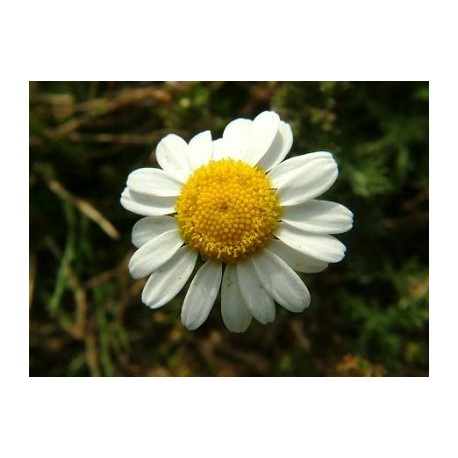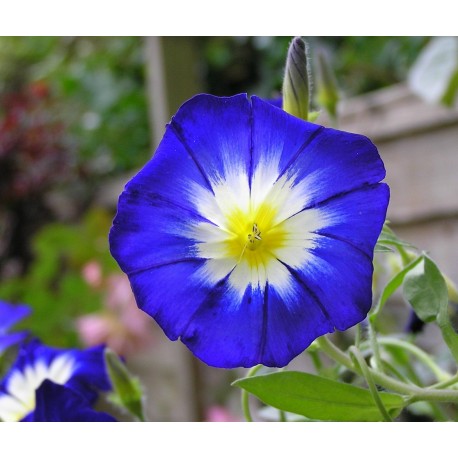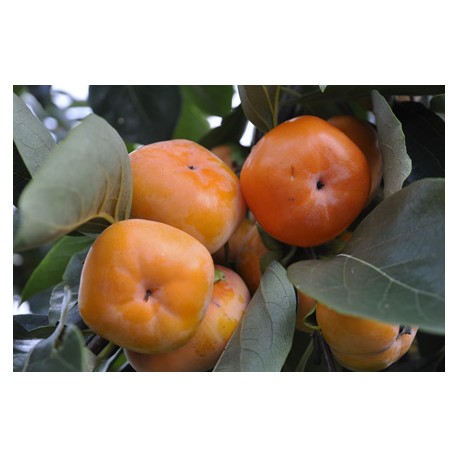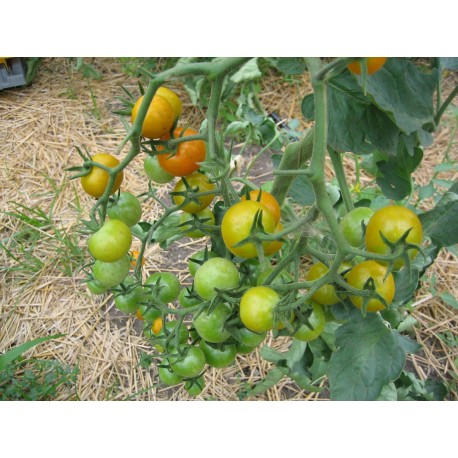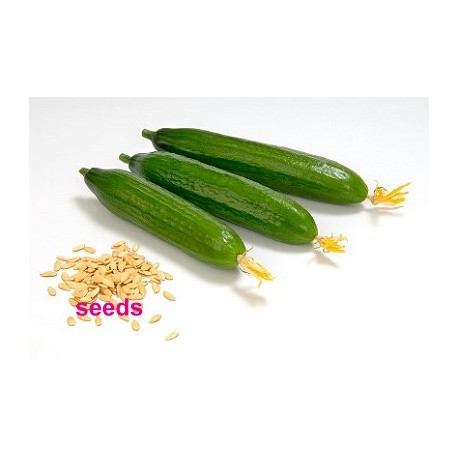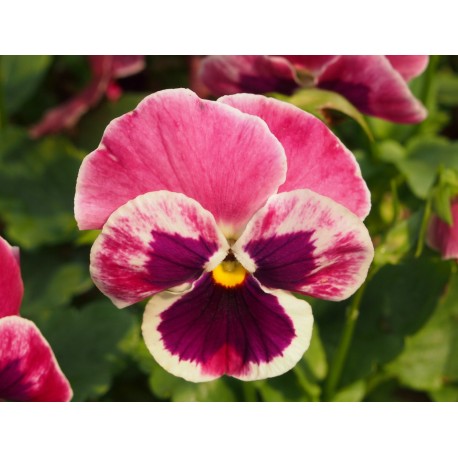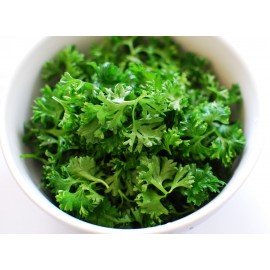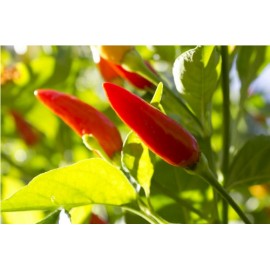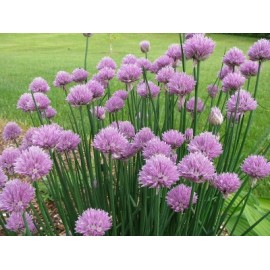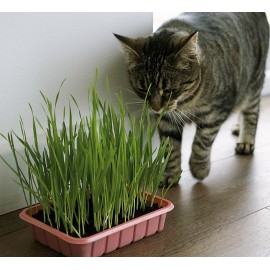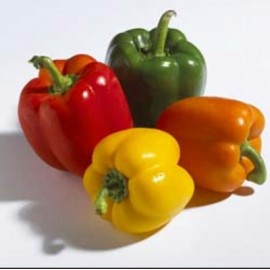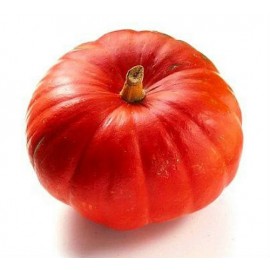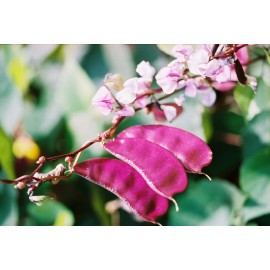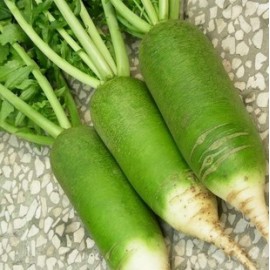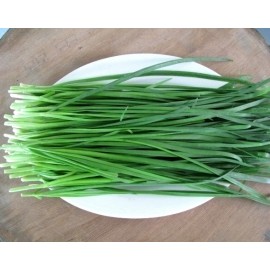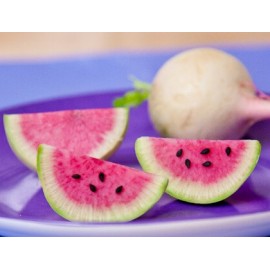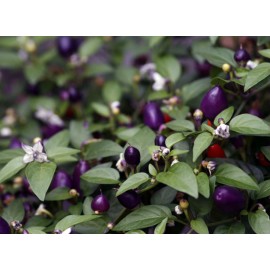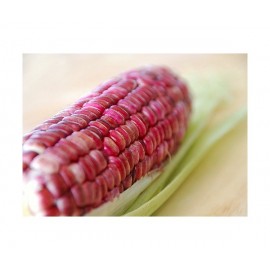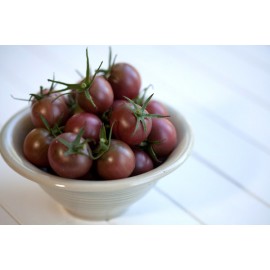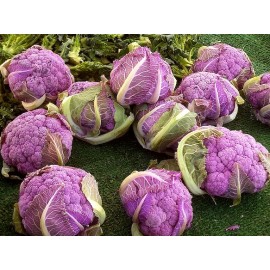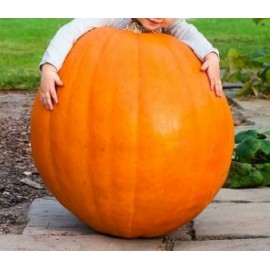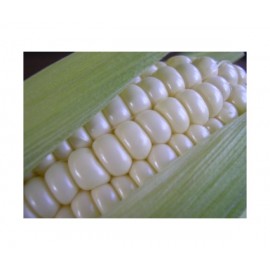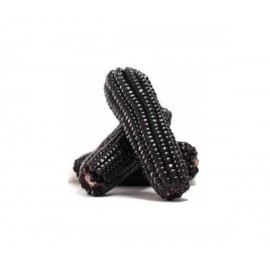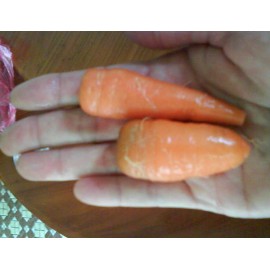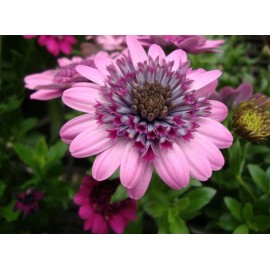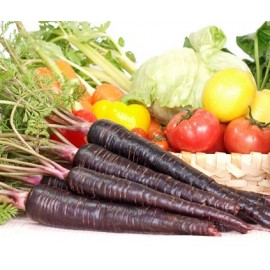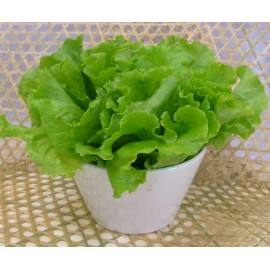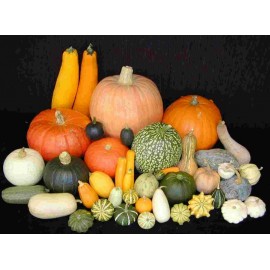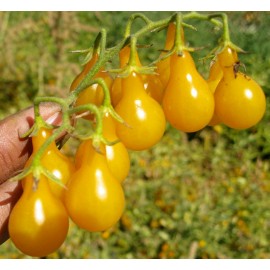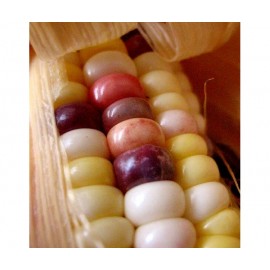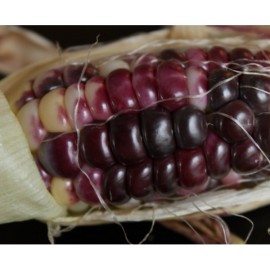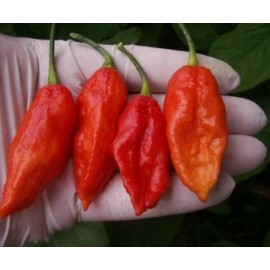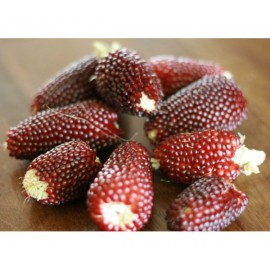Description
Add spice to your menu by growing your own Anaheim or serrano peppers, two widely cultivated types of hot or chili peppers. Anaheims, also known as New Mexican chilies, look like large, elongated jalapenos. These mildly hot peppers can be eaten when red or green, depending on your heat tolerance. Serranos are small, pointed peppers about five times hotter than jalapenos. Anaheims can be used fresh or dried, but serranos are best eaten fresh. Both peppers are easy to grow in the home garden
How to Grow
1.Start seeds indoors six weeks before the last frost date for your area. Use commercial seeds or ones saved from non-hybrid plants grown previously. Plants grown from the seeds of hybrid plants won't breed true, meaning their characteristics may differ markedly from the parent plants.
2. Fill a small pot with moistened seed starting mix and make a hole 1/4 inch deep. Place two seeds into the hole, then cover the seeds with a pinch more starting mix. Water gently to settle the seeds.
3. Cover the container with clear plastic wrap and place the pot in a warm spot, out of direct sunlight. Check the pot daily to make sure the soil is still moist.
4. Remove the plastic as soon as seedlings appear and place the pot in a sunny window or under grow lights. When the seedlings have developed one or two sets of true leaves, use scissors to cut off the less vigorous of the two seedlings. Don't pull the seedling out, as you'll disturb the roots of the remaining plant.
5. Keep the soil moist but not soggy. Fertilize with a half-strength solution of liquid fertilizer once every 10 days. The seedlings can be planted outside after all danger of frost has passed. Harden them off for a week before planting them out by setting them outside during the day and then bringing them indoors at night. Planting Outdoors
6. Choose a garden site in full sun. Since hot peppers such as Anaheims and serranos are especially susceptible to bacterial spot diseases, good drainage and air circulation are essential. Also, don't plant peppers where other peppers, tobacco, eggplants, tomatoes or potatoes have grown in the previous three years.
7. Add several inches of organic material to the planting site and mix thoroughly into the top 8 or 10 inches of soil. Peppers grow best in soil that is constantly moist and organic material acts like a sponge, absorbing water and releasing it to the roots as needed.
8. Incorporate a granular vegetable fertilizer into the soil, as well. Rake the soil smooth, then mark off the planting rows. If drainage is poor on your site, create raised planting rows by hilling up 6 to 8 inches of soil, then leveling off the top of the rows with the back of the rake. Rows should be at least 2 feet apart.
9. Transplant your seedlings into the prepared bed by placing the plants into holes big enough to accommodate their root systems without crowding. Place the seedlings 1 inch deeper than they were in the pots, then water well to settle the soil around the plants. Space plants 2 feet apart within the row.
10. Insert 3- or 4-foot stakes next to the seedlings, pushing the bottom third of the stake into the ground and firming the soil around it. Both Anaheims and serranos need to be staked. Ongoing Care
11. Water the pepper plants often enough that the foliage doesn't wilt. Even a brief drought will inhibit flower and fruit production.
12. Fertilize your plants regularly, following the directions for the brand of fertilizer you're using. Measure carefully, as too much fertilizer will burn the plant roots and damage the plants.
13. Weed around your plants often so they don't have to compete with other plants for food or water. Also remove fallen leaves and other debris from around the plants to help prevent insect and disease problems.
14. Inspect the peppers regularly for insect or disease infestations. If either are found, consult your local garden center for advice. Make sure the product you choose is approved for use on food crops.
15. Tie the plants loosely to the stake as they grow taller. Use soft twine, twist ties or pieces of pantyhose to secure the plants. Loop the tie around the main stem of the plant, cross it over once and then tie it to the stake so that the tie forms a figure 8.
16. Harvest the peppers at any stage, green or red, according to your personal preference. Hot peppers like Anaheims and serranos tend to get hotter the longer they're left on the plant. Use scissors or a sharp knife to cut the stem. Don't allow peppers to wither and dry on the plant or flower and fruit production will stop.
chilli seed, Hot Serrano Chili Pepper Seeds and Plants, Vegetable Gardening at seedarea.










